The world of archaeology is focusing on Tavşanlı Höyük, an importantBronze Age site located inwestern Anatolia (included in present-day Turkey), where excavations conducted during 2025 uncovered a substantial number of finds of extraordinary historical interest. According to an announcement by Turkey’s Minister of Culture and Tourism, Mehmet Nuri Ersoy, idols dating back some 4,500 years were identified, made of different materials such as marble, bone and terracotta. The discovery represents one of the most important in recent years in the area of Bronze Age settlements in western Anatolia and provides new insights into the religious practices and production methods of the time.
Excavations conducted at Tavşanlı Höyük also unearthed seven clay idols with anthropomorphic shapes arranged side by side around a quarry located in the center of a building, signaling the possible connection between daily activities, material processing and religious rituals. The arrangement of the idols and their placement in the context of the quarry provide new elements for understanding the spatial organization and social hierarchies present within the settlement.
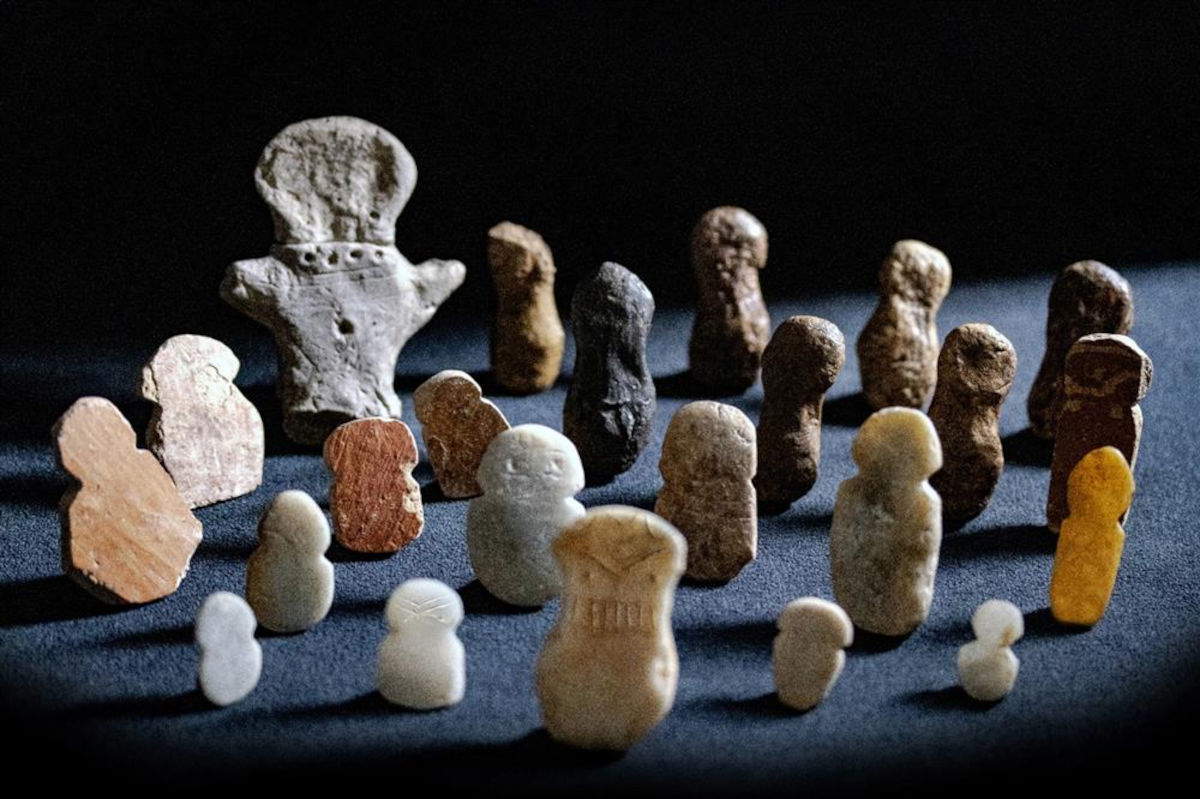
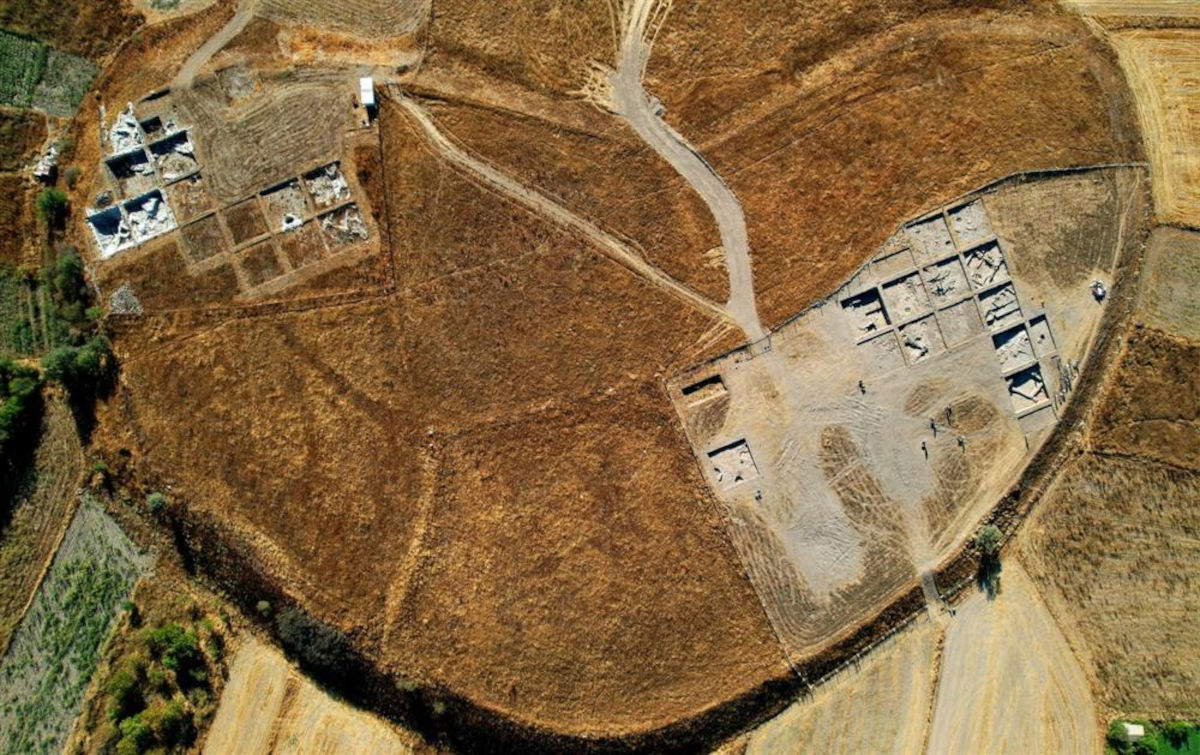
“This year,” says Culture and Tourism Minister Mehmet Nuri Ersoy, “very important discoveries were made in Tavşanlı Höyük, one of the largest Bronze Age centers in Western Anatolia. Idols made of marble, bone and terracotta, dating back 4,500 years, were revealed. 7 human-shaped idols situated side by side around the hearth shed light on the religious rituals of the period. Incomplete pottery gives us insight into production processes. Excavations in still narrow spaces offer unique clues to the religious, cultural and economic life of the Bronze Age. I would like to thank the valuable scientists who carried out the work, especially our teams from the Directorate General of Cultural Heritage and Museums.”
In addition to the finished idols, the excavations unearthed numerous incomplete pottery samples, which are an important source for studying the production processes and craft techniques of the period. The sherds make it possible to analyze the operational sequence used in the making of the artifacts, from the processing of materials to the final firing, offering detailed information on craft skills and the organization of work in Tavşanlı Höyük. Archaeologists highlight how such finds can help reconstruct not only production practices, but also the economic and social context of the settlement. The excavation project will continue until mid-December 2025, and further campaigns are expected to gather even more in-depth data on the Bronze Age in western Anatolia. The scholars involved believe that the findings can provide new insights into the understanding of the relationships between production, daily life, and rituals, expanding the cognitive framework on the organization of settlements of the period.
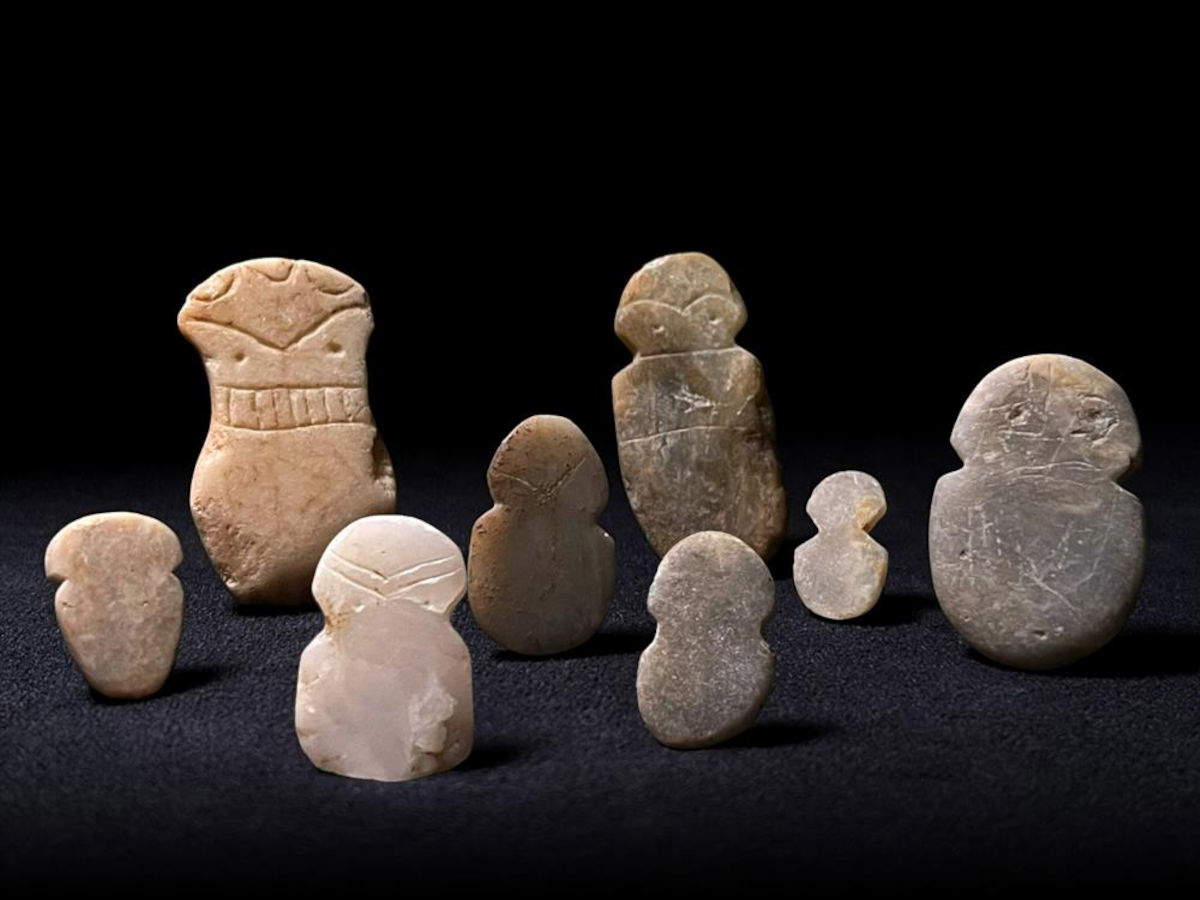
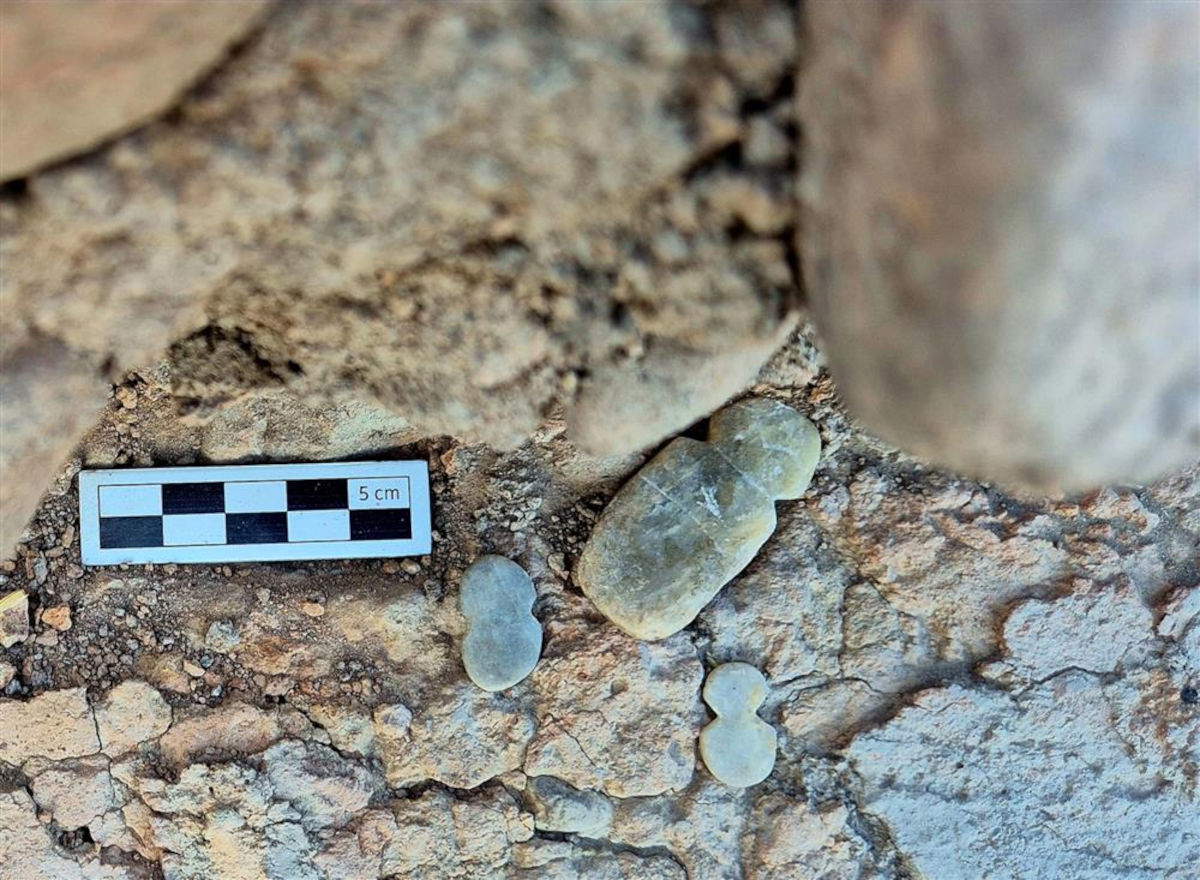
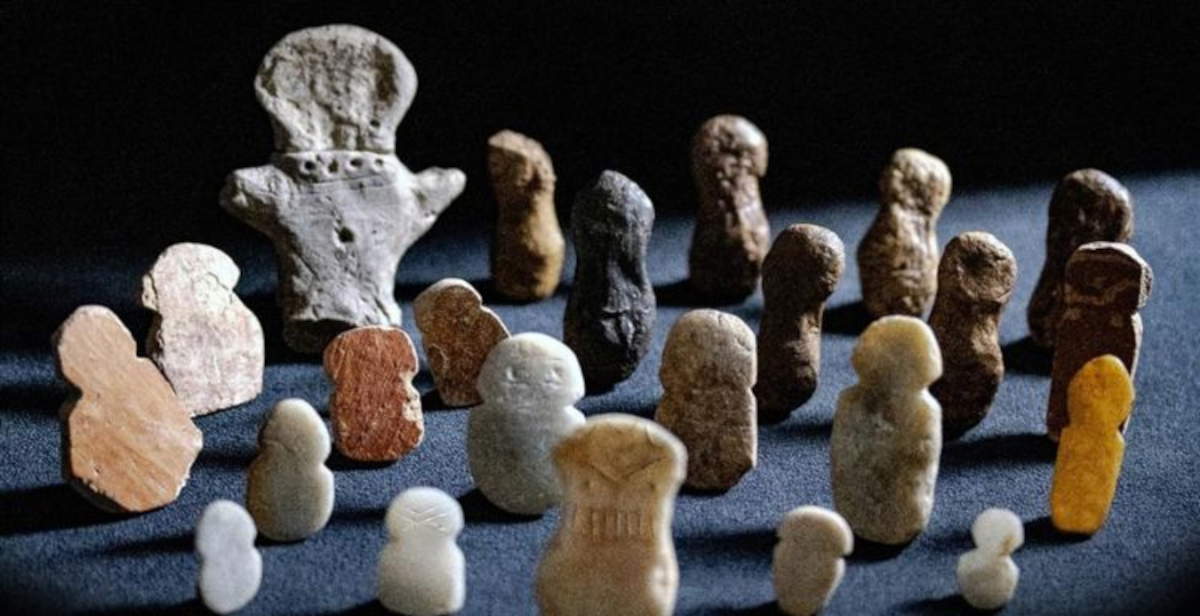 |
| Turkey, Bronze Age idols discovered in western Anatolia. |
Warning: the translation into English of the original Italian article was created using automatic tools. We undertake to review all articles, but we do not guarantee the total absence of inaccuracies in the translation due to the program. You can find the original by clicking on the ITA button. If you find any mistake,please contact us.